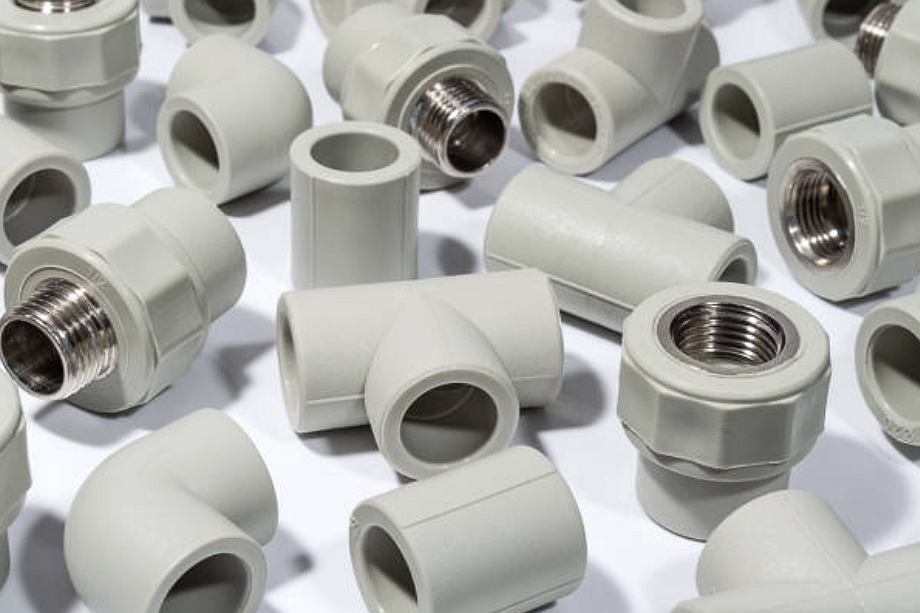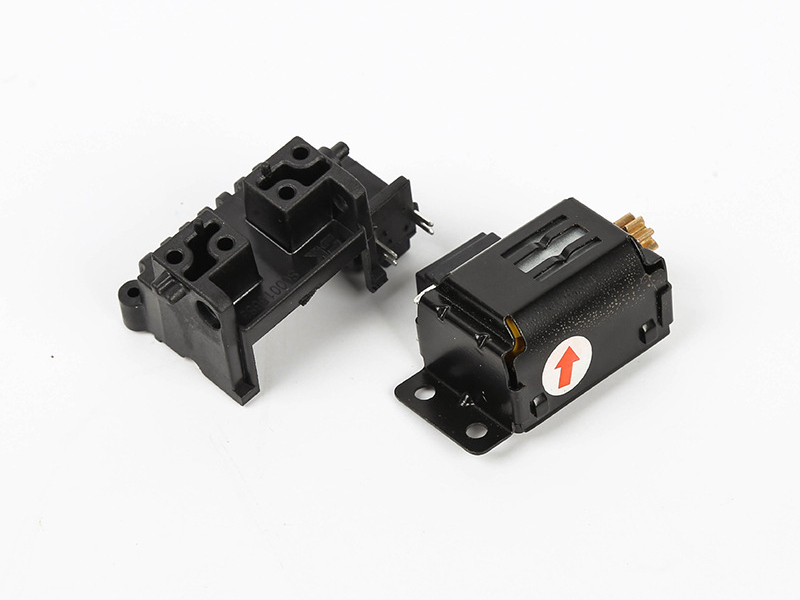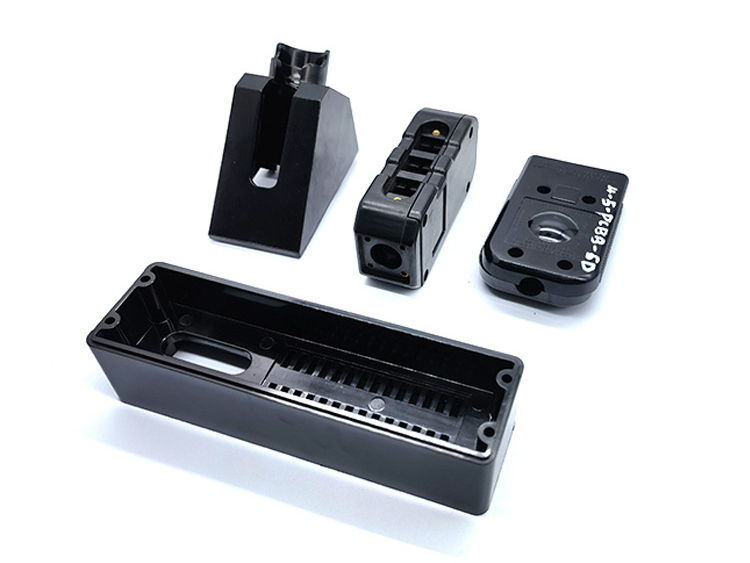How does insert molding enhance product durability?
How Does Insert Molding Enhance Product Durability?
Insert molding is widely used in industries where strength, stability, and product longevity are non-negotiable. By permanently combining metal and plastic into a single molded component, this process creates structurally robust parts that resist mechanical failure, environmental stress, and wear over time. Below, we explore how insert molding contributes to long-term product durability across key engineering applications.
Key Ways Insert Molding Improves Durability
1. Superior Mechanical Bonding
Insert molding creates a molecular-level or mechanically interlocked bond between the insert and plastic. Unlike traditional assemblies using adhesives or fasteners, the plastic forms tightly around the insert—eliminating gaps and minimizing relative movement.
Pull-out strength of metal inserts can exceed 800 N, depending on insert geometry and resin selection
Ideal for resisting vibration, torque, and axial loads
2. Elimination of Weak Assembly Points
Traditional assemblies often rely on screws, clips, or glue—all of which introduce potential failure points. Insert molding replaces these with permanently bonded interfaces, reducing the chance of fatigue failure or detachment during operation.
Fewer joints = fewer points of mechanical stress
Ideal for automotive and industrial tools under constant vibration
3. Resistance to Environmental Factors
Insert molded components are less prone to moisture ingress, corrosion, or thermal expansion mismatch.
Stainless steel inserts resist rust in humid or corrosive environments
Thermoplastics like PBT and Nylon provide excellent dimensional stability and chemical resistance
4. Consistent Part Alignment and Functionality
Insert molding ensures that critical inserts are accurately positioned within the plastic, preserving functionality over thousands of cycles.
±0.01 mm insert positioning tolerance prevents wear from misalignment
Ensures thread integrity, electrical contact stability, and sealing performance
5. Improved Structural Integrity Under Load
When designed correctly, insert molded parts can withstand higher mechanical stress than assembled alternatives.
Threaded inserts show higher strip-out torque in plastic compared to tapped holes
Embedded structures spread loads more evenly across the molded body
Applications That Demand Durability
Automotive
Mounting points, sensors, engine components
Designed for 10+ year lifespan under vibration and temperature cycles
Medical Devices
Autoclavable surgical tools with metal-plastic integration
Corrosion-resistant under chemical exposure
Consumer Electronics
Ports, plugs, and connectors rated for >10,000 cycles
Drop-resistant housings with embedded structural supports
Telecommunications
Sealed interfaces with long-term mechanical and environmental stability
Threaded inserts for outdoor connectors (IP67+)
Explore more: Medical Devices | Telecommunication Components | Consumer Electronics
Why Choose Neway for High-Durability Insert Molding?
Neway Precision combines decades of material knowledge, precision tooling, and design-for-durability to deliver:
Insert-to-plastic bonding validation via tensile, torque, and peel testing
Molding of stainless steel, brass, copper, and aluminum inserts
Molded components that meet durability specs for automotive, medical, and industrial sectors
Full DFM consultation for reinforcing part design and longevity



